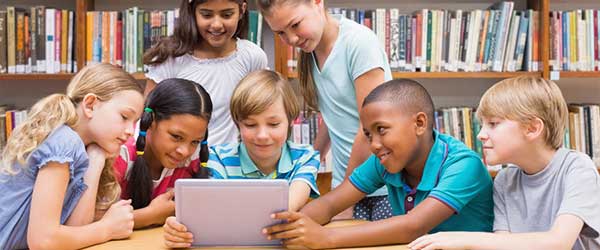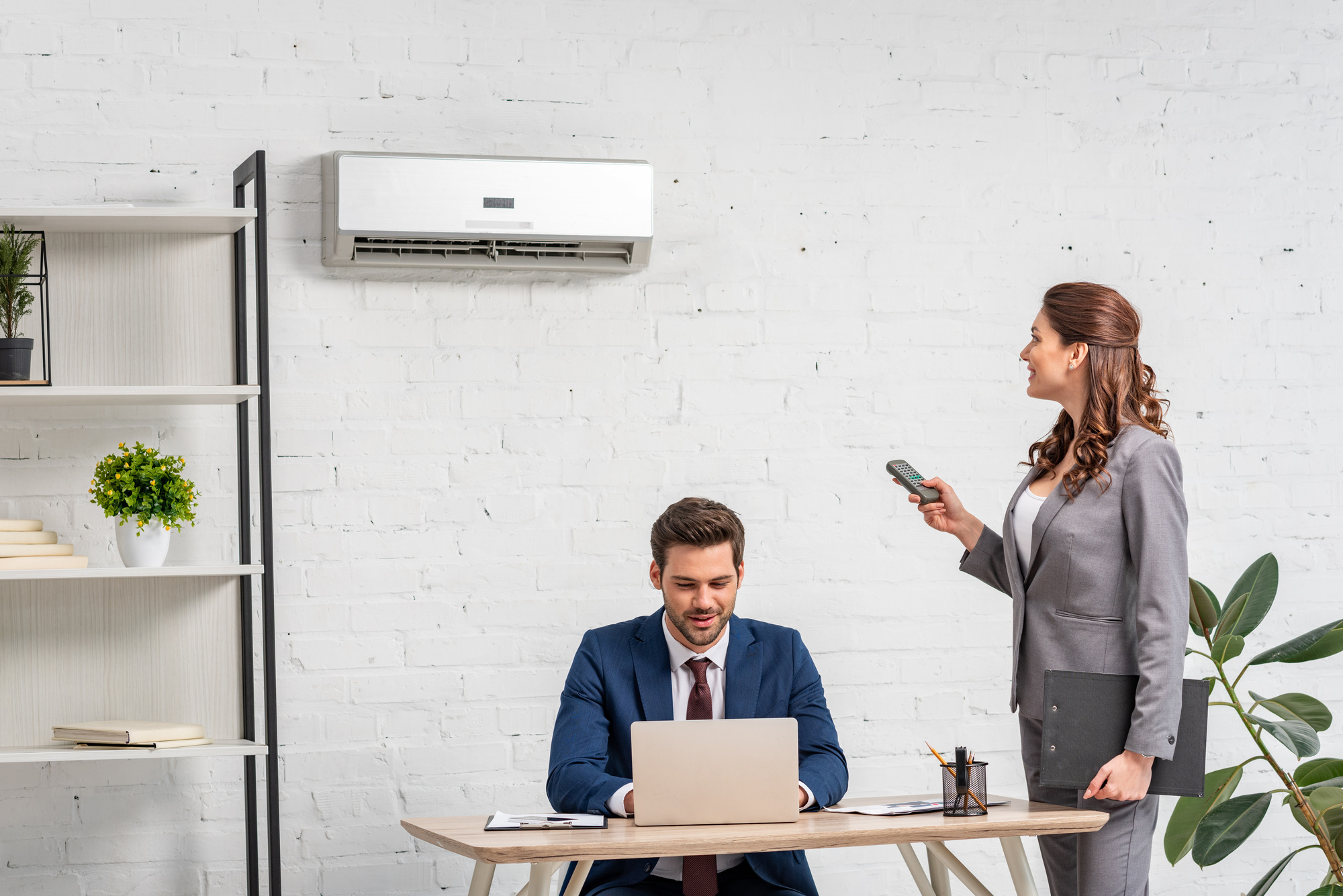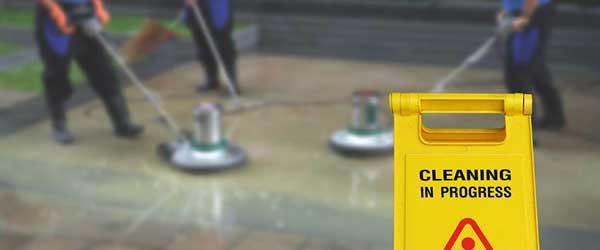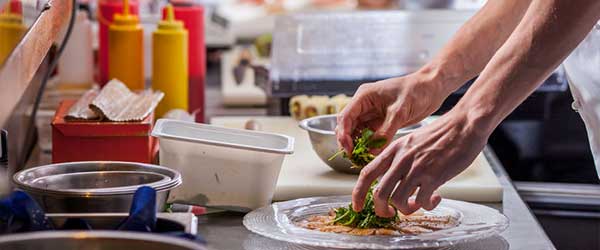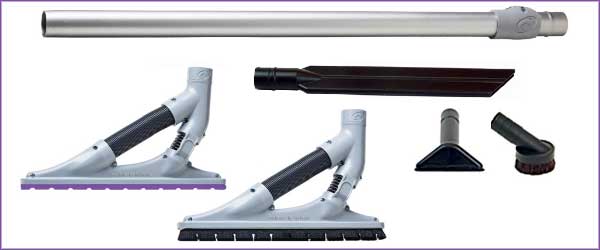Busses are rarely sanitized or disinfected…kids put their hands on seats, poles, and windows that can house bacteria and viruses like MSRA, e-Coli, and staph infections
Laval, Canada – A lot of parents happily anticipate the first day of school, but school starting also means they have to protect their children from the germs and bacteria found in most North American educational facilities.
To help accomplish this, Avmor, a leading provider of traditional and green-certified cleaning solutions and training programs that promote effective, healthier, and sustainable cleaning practices, provides the Top Five Germiest Things Kids Touch at School:
The bus. Most children ride busses to school, and this is where the touching of germs and bacteria begins. Busses are rarely sanitized or disinfected, says Allan Gray, Manager – Food Service, Corporate Accounts & Training at Avmor. “They put their hands on seats, poles, and windows that can house bacteria and viruses like MSRA, e-Coli, and staph infections.”
Shared toys. Almost as bad are the toys that preschoolers and elementary-aged children play with. Again, Gray says these toys are rarely cleaned and sanitized or disinfected, and often not effectively.
Bathrooms. The proper cleaning of restrooms is key to eliminating germs and bacteria, as well as malodors. But with recent cutbacks, there are fewer custodians working in schools and often frequencies have gone from five nights a week to only two or three. Some of the most germ-laden restroom areas include doors, walls, mirrors, partitions, dispensers, along with fixtures.
Cafeteria tables. In a study by Dr. Charles Gerba, the most germs in schools are located where kids eat, on cafeteria tables. Often students are now handed a cleaning solution sprayer and a cleaning cloth to clean these tables. The cleaning solution may not be an effective cleaner and or may not have any disinfectant properties, and the cleaning cloth may be wet and soiled from previous cleanings, likely indicating it is loaded with germs and bacteria.
Desks. Students in junior high and high school often change classes throughout the day; they have no idea who last sat at their desk and if they recently washed their hands. Often the germ count on desks is as high if not higher than that in the school bus, bathroom, and on some toys.
“Other areas of concern are water fountains, shared gym lockers, shared computers, and sports mats,” adds Gray. “And always remember if disinfecting, the surface must be cleaned first, and then a disinfectant applied, with the surface kept wet for the stated dwell time.”
###
About Avmor Ltd.: Avmor (www.avmore.com), North America’s leading manufacturer and marketer of professional cleaning solutions, was founded in 1948 by Avrum Morrow and Henry Chinks. Avmor’s commitment to ISO 9001 and ISO 14001 as well as CGMP (Current Good Manufacturing Practices) procedures signifies an understanding that maintaining an environmentally sound, sustainable expertise is a work ethic as much as it is an integral component of certified cleaning products. Our company’s UL ECOLOGO, GREENGUARD Gold, and FDA certifications attest to our dedication to quality, performance, and commitment as well as our responsibility to always provide optimal cleaning solutions while maintaining and enhancing health and safety standards.
Avmor’s sustainable and traditional cleaning solutions and training programs promote effective, efficient, healthier, and sustainable practices that exceed performance expectations and environmental requirements. For more than 65 years, Avmor has remained at the industry forefront, defining product performance standards and striving for the safest and most cost-effective cleaning systems for professional use. Avmor Ltd. is a privately held company.
Contact:
Lai-Na Wong
Marketing Manager
Tel: 450-629-8074 Ext. 2320
lwong@Avmor.com
Editorial Contact:
Robert Kravitz
Media Contact: Robert Kravitz
312-880-8176
robert@alturasolutions.com

